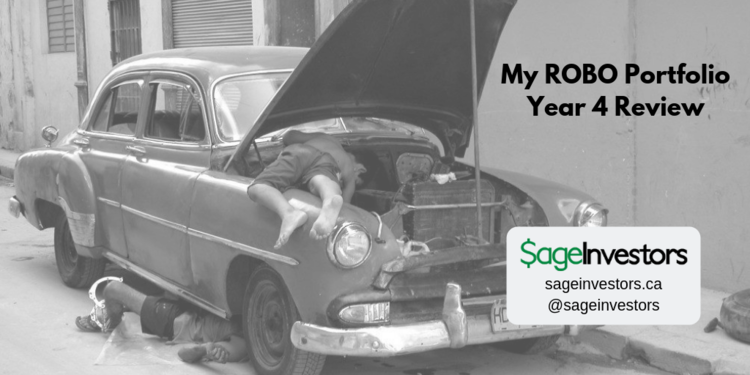 Canadian investors tend to suffer from home bias – a preference to hold more domestic stocks over foreign equities. This is actually true of investors in most countries, but it’s particularly troubling in Canada where our stock markets are highly concentrated in the financial and energy sectors.
Canadian investors tend to suffer from home bias – a preference to hold more domestic stocks over foreign equities. This is actually true of investors in most countries, but it’s particularly troubling in Canada where our stock markets are highly concentrated in the financial and energy sectors.
The federal government could be partially to blame for our home bias tendencies. As recently as 2005 the government imposed a limit on the amount of foreign content allowed in RRSPs and pension plans. This cap was introduced in 1971 to help support the development of Canada’s financial markets but was scrapped in the 2005 federal budget, freeing Canadians up to invest abroad.

It’s well known that Canada makes up less than 4 per cent of global equity markets (2.7 per cent, to be exact), yet 60 per cent of the equities in Canadian investors’ portfolios are in domestic securities.
Even most model ETF and index fund portfolios have Canadian investors overweighting domestic equities, holding anywhere from 20 to 40 per cent Canadian content.

The result is a portfolio that is more volatile and less efficient than one with international equity diversification. Indeed, investors with a Canadian home bias are taking risks they could have diversified away by increasing their allocation to global equities.
My two-ETF portfolio
So how does my portfolio stack up? When I switched to my two-ETF solution, made up of Vanguard’s VCN (Canadian) and VXC (All World, ex-Canada), I chose to have an allocation 20-25 per cent Canadian stocks and 75-80 per cent international stocks.
That allocation would be relatively easy to monitor and rebalance if it was simply held in my RRSP. Whenever I added new money to my RRSP, I’d simply buy the ETF that was lagging behind its initial target allocation.
But I complicated things recently when I started contributing again to my TFSA. I wanted to treat my TFSA and RRSP as one total portfolio and keep the same asset mix in place. Since my RRSP was much larger than my TFSA, I decided to hold mostly foreign content (VXC) in my RRSP while putting Canadian stocks (VCN) in my TFSA.
This worked out great for several years but now I’ve run into a second problem; I’m contributing to my TFSA at a much faster pace than my RRSP. That’s because I’ve maxed out all of my unused RRSP contribution room and, due to the pension adjustment, I get a measly $3,600 per year in new contribution room.
Meanwhile I still have loads of unused TFSA contribution room and so I’ve been socking away $12,000 per year for the past two-and-a-half years. I hope to continue at that pace for many more years until I’ve completely caught up on all that available contribution room.
The result is a portfolio that is becoming increasingly more tilted to Canadian equities. At this rate, if I continue filling my TFSA with VCN, my portfolio will have more than 30 per cent Canadian content in five years, and nearly 40 per cent Canadian content in 10 years.
My Home Bias Solution
I’m considering a change to my two-fund portfolio. With the introduction of Vanguard’s new all-equity asset allocation ETF – VEQT – I could turn my two-fund solution into a true one-fund solution and make investing even more simple. Continue Reading…








